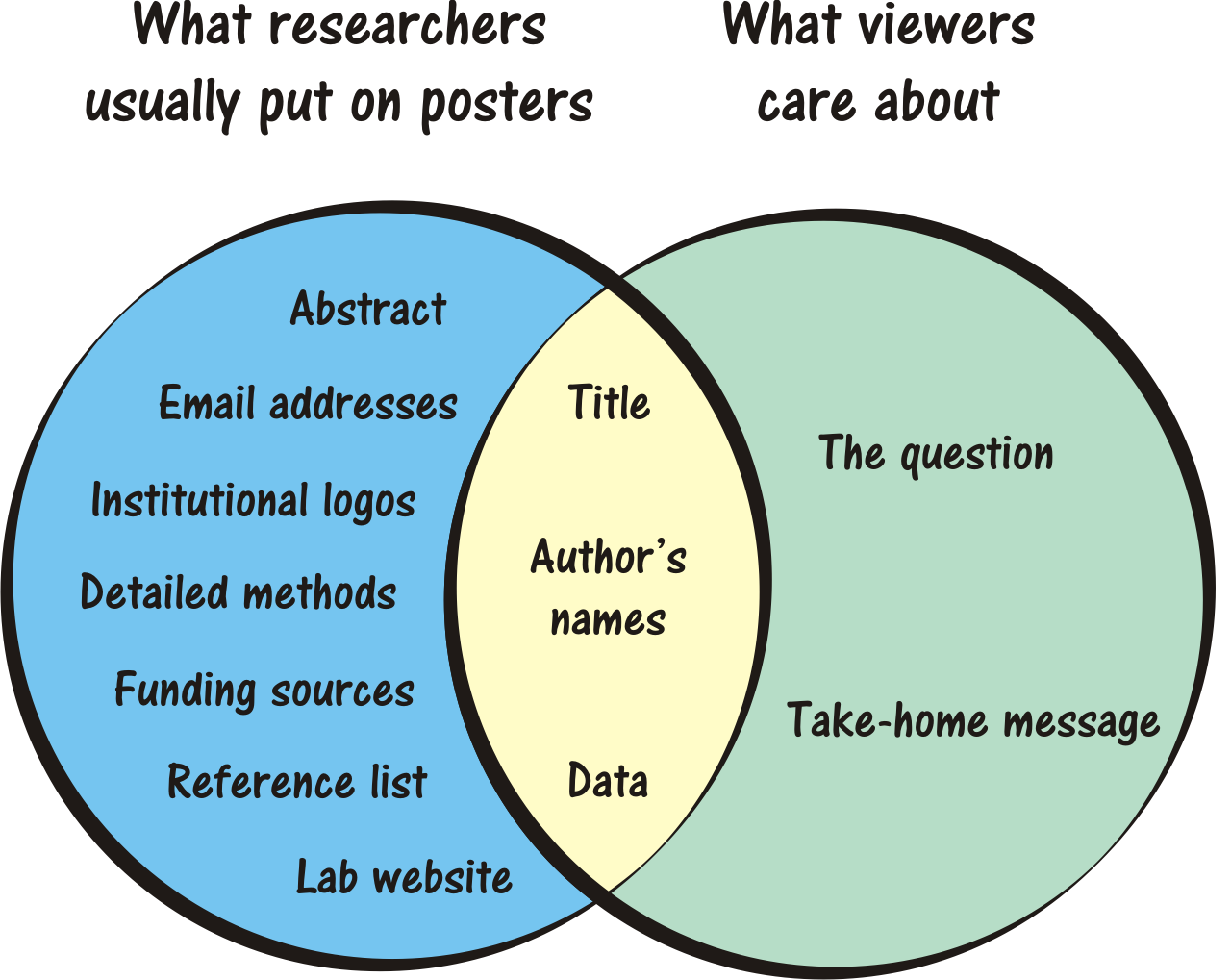Empires of the Word & anti-Babel. It’s a few days old now but I’ve only just had time to read it. Anyway, check out Razib’s review of Empires of the Word: A Language History of the world. Lots of information for budding historical linguists and those intrigued by language spread and extinction. Particularly relevant is the following paragraph:
As I indicated above Empires of the Word is rather thin on robust generalizations. But one point which the author mentions repeatedly is that the rise and fall of languages of great expanse and utility is the norm, not the exception. In particular, Nicholas Ostler takes time out to emphasize that languages which spread via trade often do not have long term staying power. Portuguese, Aramaic, Punic and Sogdian would fall into this category (the later success of Portuguese was a matter of rice and empire in Brazil). It seems that mercantile communities are too ephemeral, that successive historical shocks inevitably result in their decline when there isn’t a peasant demographic reservoir or imperial power which imposes it by fiat. Even those languages which eventually spread beyond traders and gain cultural and political cachet may fall from grace. Greek is the best case of this. It was the dominant language of the Roman East, and spoken as far as modern Pakistan, and studied in Dark Age Ireland. By the early modern period it was a strange and foreign language in the West, and with the rise of Islam in the east it lost its cultural glamor, and even those Christians in Arab lands who were Melkite, Greek Orthodox who adhered to the theological position of Constantinople, became Arab in speech and identity (in greater Syria the Greek Orthodox have been instrumental in the formulation of Arab nationalism).
Opening a bibliography database for human evolution. Again, it’s been a few days since this was posted, but I’d advise anyone interested in human evolution visit John Hawks recently announced database. The bibliography section also has an RSS feed which provides a chronological list (newest first).
In which I apply for a job as a homeopath… Dave over at Anomalous Disaster has a great little post on him applying for a position at NHS Tayside for a homeopathic specialist. This is from the very same health board who recently brought us the sacking of 500 staff. So Dave decided to apply, which, at a cushy £68,000 salary, is definitely a job worth pursuing — after all, it can’t be that hard to dispense magic beans and provide a pseudo-scientific air of authority. Here is part of his letter of application:
The original research that I have published means that I am familiar with the body of published work on homeopathy, and the many meta-analyses and systematic reviews conducted on it. The fact that these conclude that homeopathy is no more effective than a similarly administered placebo will not bother me whilst I am taking advantage of some of the excellent salmon fishing to be found in the Tayside region. Indeed, given the fact the position only calls for the successful applicant to attend two sessions per week, I should imagine I would have plenty of time to indulge in a bit of fishing.
Click here to apply.
Selfish Sounds: Darwinism in linguistics. A brief(ish) article on the work of historical linguist, Nikolaus Ritt, and how words and sounds compete for the purpose of being replicated. Specifically, it looks at how the sound shapes of English words have gradually evolved:
Good examples of such phenomena are sets of changes which are obviously directed but unfold over time spans that are impossible to even survey by individual speakers. They have come to be known as ‘drifts’. A case of such a drift seems to have affected the sound shapes of English words (or better: lexical morphemes, i.e. the smallest linguistic units that carry meaning). Over time their shapes seem to have gradually evolved in a direction where they came to fit better into the rhythmical patterning that characterises English speech. “For instance, vowels in long words tended to be shortened over time, while vowels in short words tended to be lengthened. Thus, the rhythmic units they established became more uniform”, Nikolaus Ritt explains.
[…] From the evolutionary perspective this kind of development is best understood if one regards rhythm as an environmental constant in the linguistic world in which words and the sounds they are made up of have to survive and replicate. Because of the constant environmental pressure which rhythm exerts on them, the sound shapes of English words have gradually changed to become better adapted to the rhythmically structured utterances through which they get expressed and transmitted.

